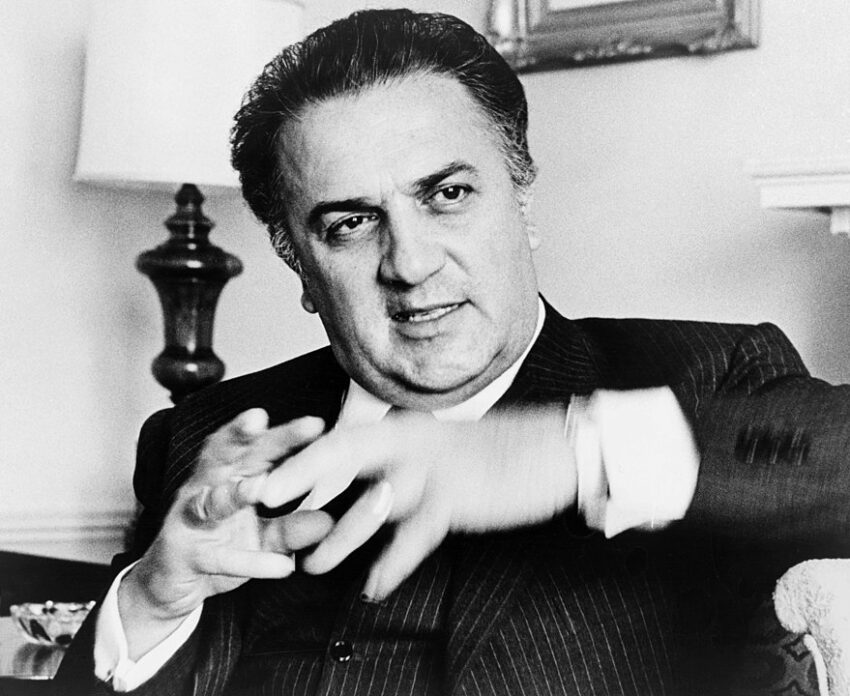“La Dolce Vita,” “Rome,” “And the ship sails on…” is just an incomplete list of the masterpieces of the Italian director, whom many modern filmmakers look up to. Why is he so cool?
Few Italian filmmakers are as renowned as Federico Fellini, whose directorial work is considered some of the best in the world. He was one of the first directors outside the United States to receive recognition from American critics, as well as several prestigious awards, including an Oscar.
Why is Federico Fellini so famous?
Mixing dream and reality, autobiography and fantasy, using his own creative and personal problems as a subject of discussion, Fellini became the founder of psychoanalytic cinema, which inspired many and continues to be explored to this day. His films have been nominated for 23 Oscars and won eight. His work has inspired generations of directors, from Martin Scorsese and Wong Kar-wai to Woody Allen and Guillermo del Toro.
The best films of Federico Fellini
From 1950 to the early 1990s, the director released more than 20 feature films and died in 1993 at the age of 73. All of Fellini’s films are eye-catching and defined by his signature style, but some are better than others – and those are the ones I’ll list for you below 👇
Rome (1972)

Fellini’s Rima (1972) represents the director’s style at its most unpredictable. Before 1972, he made several films that did not have a specific narrative, but they usually had a protagonist who helped the audience see events from a single point of view.
However, this is not the case in Rome. The film jumps from set-piece to set-piece and from character to character, aiming to provide a sometimes funny, sometimes dramatic and almost always dreamy look at the history of Italy’s capital throughout much of the 20th century.
The Swindle (1955)
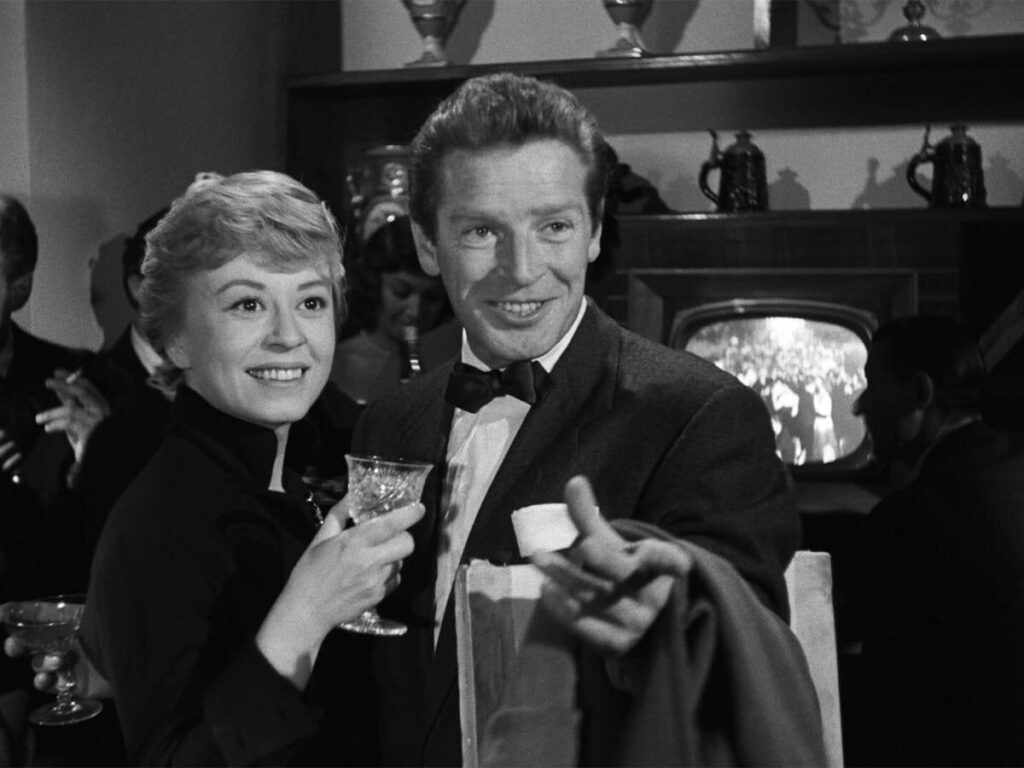
One of Federico Fellini’s most underrated films, it features a group of con artists who perform various tasks, most often scamming difficult people out of what little money they have. This makes the film surprisingly dark, although it does have some comedic undertones at some points.
“The Swindle” is a little strange at times, but much more realistic than many of Fellini’s later films, with a more serious second half and a dramatic ending.
And the ship sails on… (1983)

Another Federico Fellini film that doesn’t have much of a plot, but the fact that the action is confined to the space of a luxury cruise ship keeps it from being scattered. Much of the film is devoted to the journalist’s introduction to the strange people on the ship, and the more dramatic final act of the film involves the captain’s decision to rescue various refugees and let them on board.
As a result, the film turns into something like a war movie, because the action takes place in 1914, and refugees are fleeing not just from a bad life, but from the consequences of the outbreak of the First World War.
Juliet of the Spirits (1965)
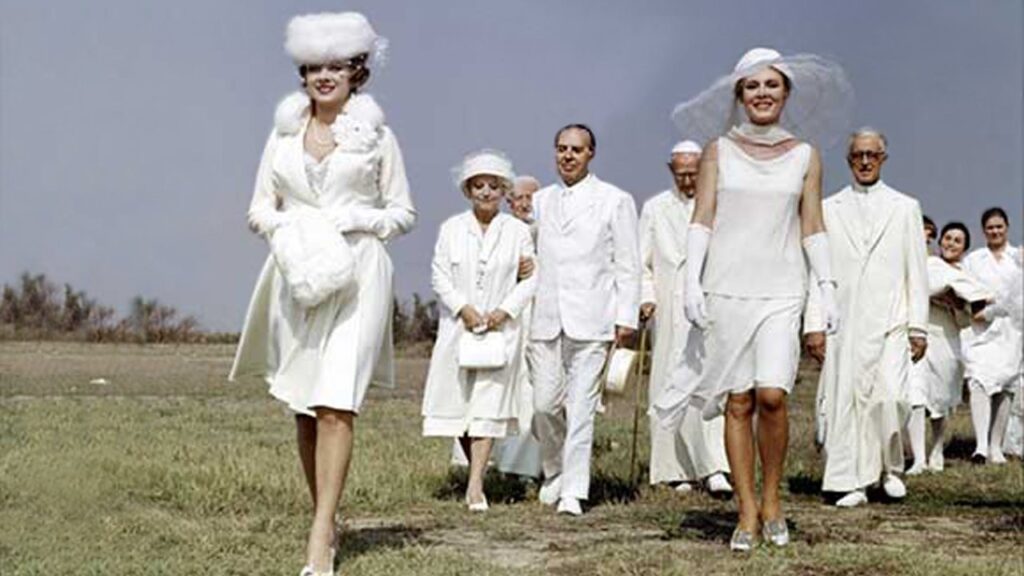
If before 1965 Federico Fellini flirted with fantasy, then in “Juliet of the Spirits” the director completely immersed himself in this genre. The film begins as a drama about a woman suspecting her husband of cheating, but becomes increasingly surreal and dreamlike as she uses mysticism to gain the courage to confront and ultimately leave him.
Amarcord (1973)
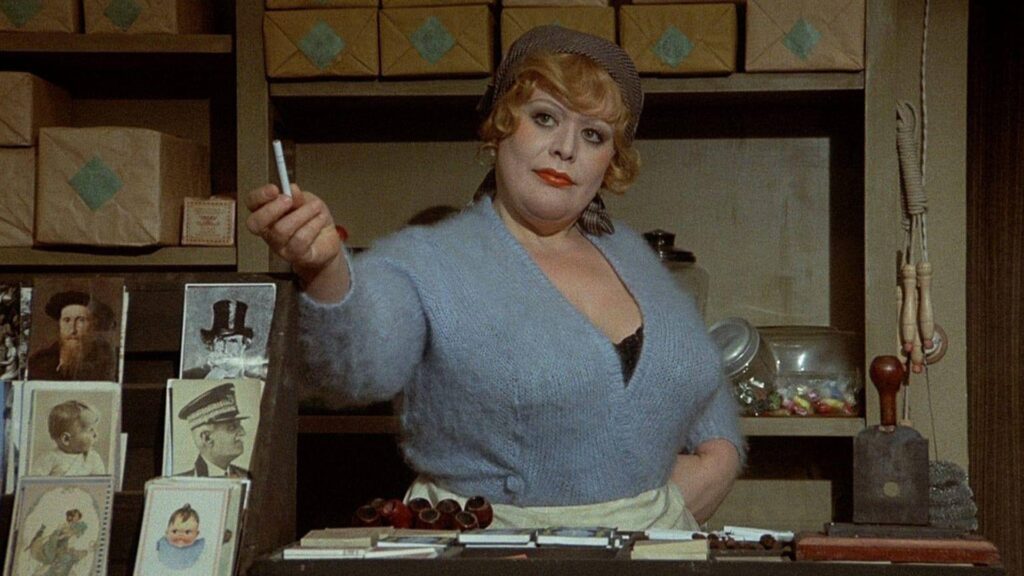
The title of the film “Amarcord” can be roughly translated as “I Remember”, which is quite appropriate. It is perhaps Federico Fellini’s most nostalgic film, as well as one of his most personal, a semi-autobiographical look at small-town Italian life in the 1930s, based in part on Fellini’s own experiences as a child and youth. Of all the films he has made since the end of the 1960s, “Amarcord” is the most famous, having been shown out of competition at the 1974 Cannes Film Festival.
The Road (1954)
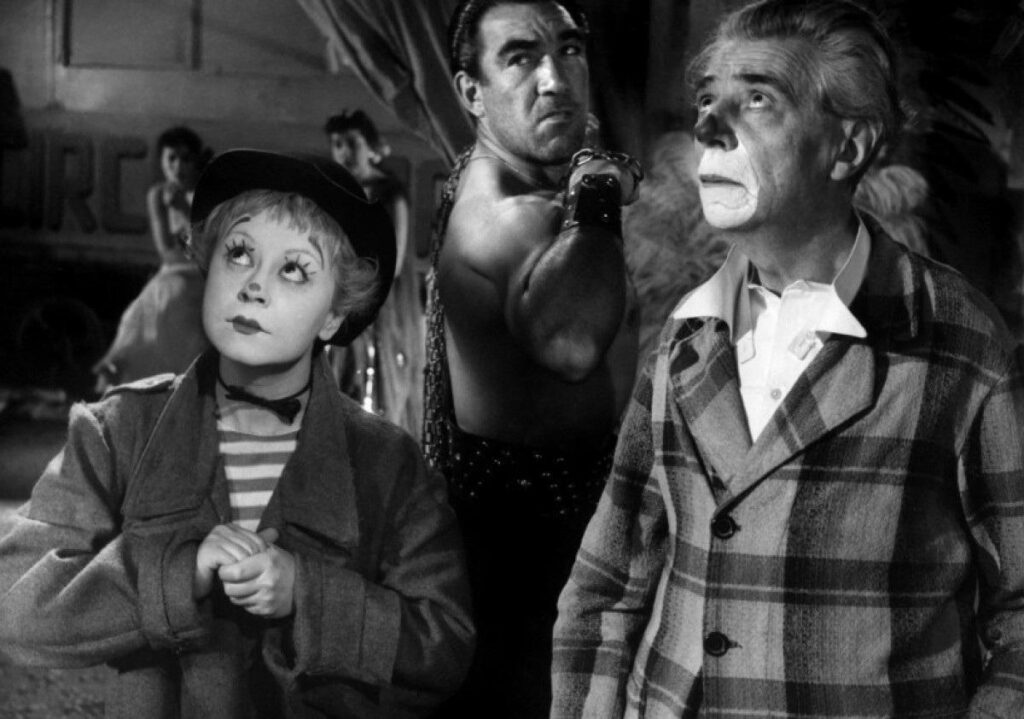
Another Federico Fellini film in which realism prevails over nostalgia, dreams and memories,
“The Road” is one of the darkest works of the great director. In it, a young woman (played by Giulietta Masina) is sold to a traveling circus, an experience that ultimately causes her great distress and suffering.
Fellini’s other films of the 1950s, which follow the ups and downs of life, have a touch of comedy to balance out the drama, but “The Road” is an entirely dark dramatic film.
La Dolce Vita (1960)

Besides the anthology film Boccaccio ’70 (which featured several directors), “La Dolce Vita” is Federico Fellini’s longest and most ambitious film. It follows womanizing journalist Marcello Rubini and has an episodic structure in which he meets increasingly strange people while covering various unusual events. In many of his scenes, Fellini satirically depicts media and celebrity culture, and these parts are still relevant even 60 years after the film’s release.
